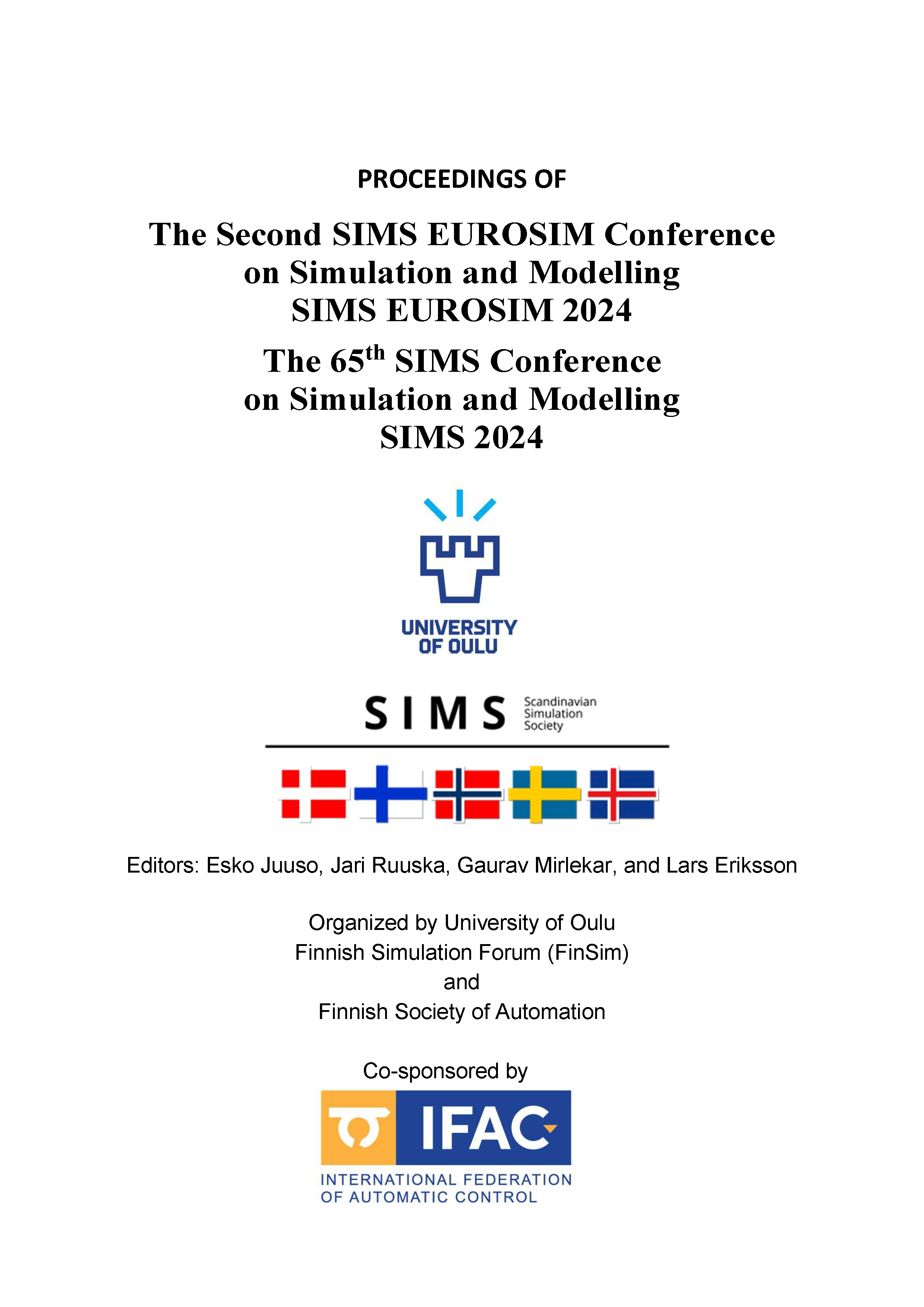A comparative study of conventional lime kilns and plasma calcination: Techno-economic assessment and decarbonization potential
DOI:
https://doi.org/10.3384/ecp212.013Keywords:
Plasma calcinationDecarbonizationElectrification of heatLime kilnEnergy ModellingPulp and PaperMass and Energy BalanceAbstract
Lime production is essential in the chemical recovery cycle of chemical pulping mills, typically relying on fuel combustion and thus contributing to greenhouse gas emissions. While Nordic pulp mills mainly use carbon-neutral biofuels, future biomass scarcity underscores the need for sustainable biomass management and alternative lime calcination methods. Electrification presents a promising solution, as CO₂ emissions depend on the carbon intensity of the electricity grid, which increasingly relies on renewable sources. Electrified solutions offer chemical pulp mills the opportunity to function as biorefineries and potentially produce higher-value biofuels in a constrained market. Plasma calcination provides benefits over conventional lime kilns, such as faster reaction times, reduced reactor volume, and lower shell losses. This work develops mathematical models for conventional kilns and plasma calcination to evaluate their techno-economic feasibility and decarbonization potential. A sensitivity analysis identifies influential parameters, and energetic requirements for both technologies under different fuel scenarios are assessed along with CO₂ emissions and economic factors. Results indicate that while plasma calcination’s current decarbonization potential depends on the electricity grid’s carbon intensity, future projections show its competitiveness over conventional kilns, with significantly lower CO₂ emissions across regions. The economic viability of plasma calcination is further influenced by projected carbon prices and process parameters, which impact its specific electricity consumption.Downloads
Published
2025-01-13
Issue
Section
Papers
License
Copyright (c) 2025 Maximilian Dylong, Moksadur Rahman

This work is licensed under a Creative Commons Attribution 4.0 International License.

